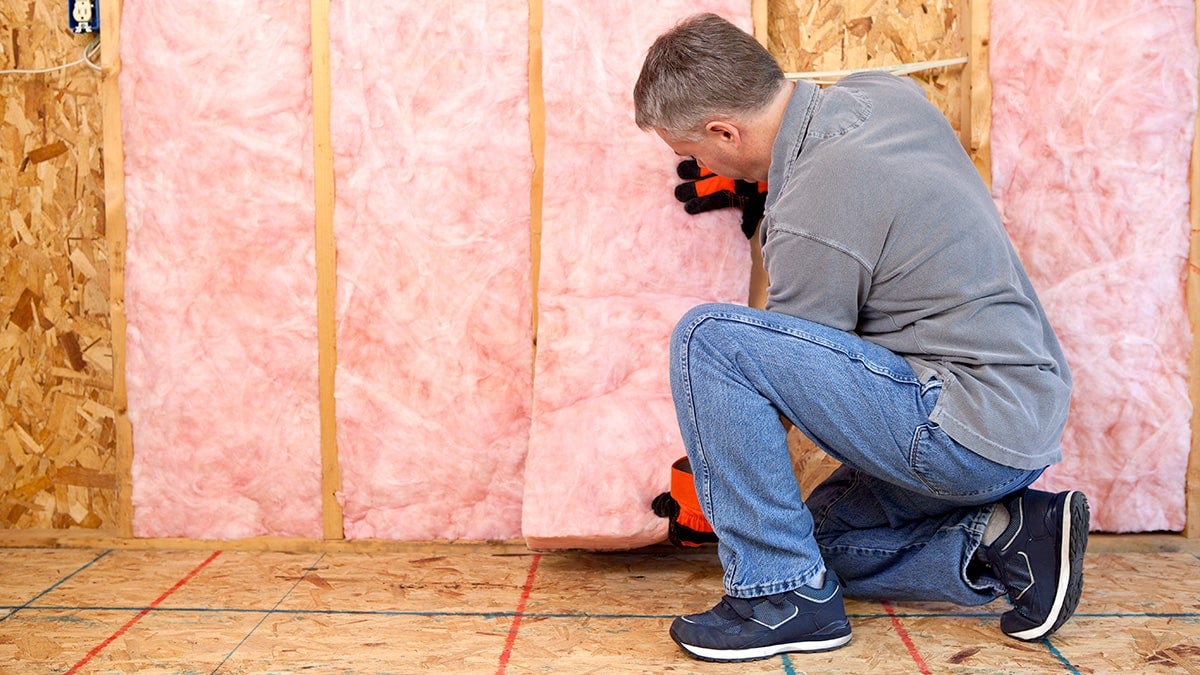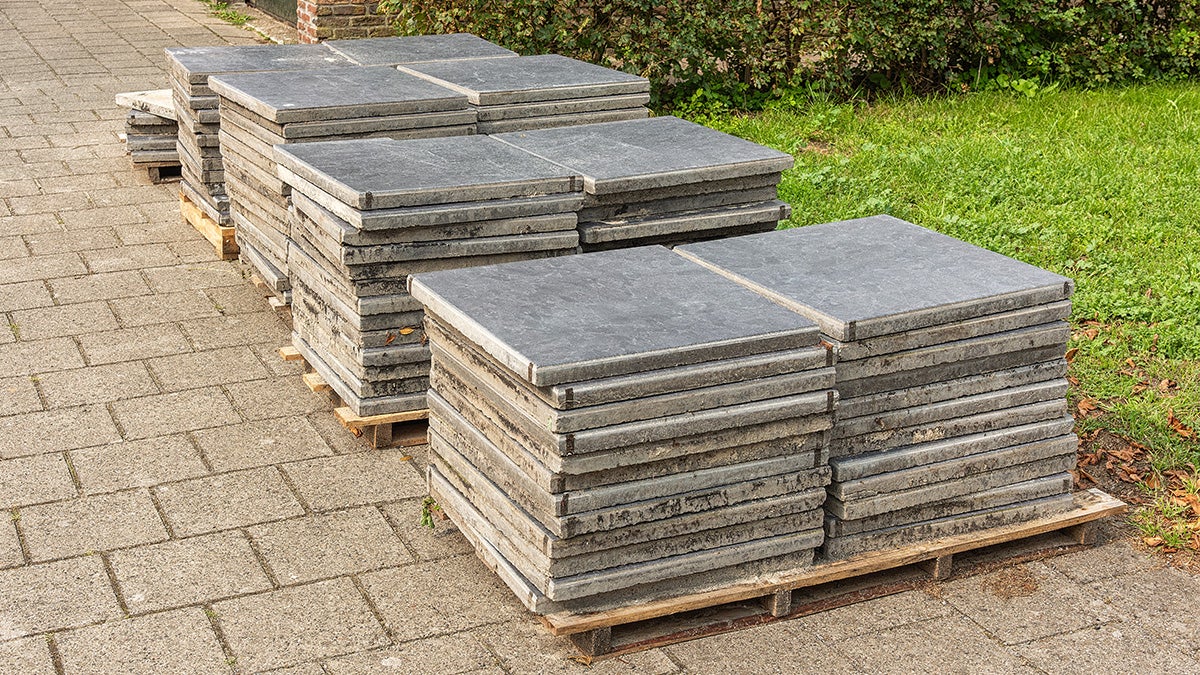When it comes to renovating or upgrading your home, you may find yourself facing piles of old insulation. While it might be tempting to toss it in the trash, most types of insulation are considered hazardous waste and require special handling. Some older materials can even contain asbestos, which poses serious health risks. In this guide, we’ll walk you through how to dispose of insulation safely, responsibly, and with peace of mind.
What to know before you dispose of old insulation
Different types of insulation come with different disposal rules and safety considerations. Whether you’re dealing with fiberglass batts or vermiculite from the 1960s, it’s essential to understand what you’re working with.
Here’s an overview of the most common types of home insulation:
Fiberglass batts: Found in attics and walls. These are soft, fluffy, and often pink, yellow, or white. They may be recyclable depending on your local facility. Handle with care—fiberglass can irritate your skin and lungs. Always wear gloves and a mask.
Blown-in cellulose: Common in attics and wall cavities. It looks like gray, shredded paper. This type is not recyclable and can be dusty. Protective gear is a must.
Vermiculite: Typically found in attics of older homes. It has a pebble-like texture and a grayish-brown color. It may contain asbestos, so professional testing is crucial before removal.
Spray foam: Often used in walls and crawlspaces. This hard, rigid foam is not recyclable and can off-gas harmful chemicals. Do not cut or sand.
Foam board: Installed in basement walls and roofs. It comes in rigid panels that are pink, blue, or white. Some types can be recycled if they’re clean and uncoated.
Important: If your home was built before 1990, it’s crucial to have old insulation tested for asbestos by a certified professional before attempting removal.
Where to dispose of insulation
Insulation can't be tossed in your regular household garbage bin. Instead, consider the following disposal options:
1. Local hazardous waste facilities:
Most cities have designated locations for dropping off hazardous materials, including certain types of insulation. Check with your local waste authority.
2. Construction and demolition (C&D) recycling centers
These centers often accept clean and sorted construction waste, including some types of insulation.
3. Municipal transfer stations
Some transfer stations have special handling instructions for insulation. Contact them ahead of time to find out what they accept.
4. Professional insulation removal services
For materials that may contain asbestos or are hard to identify, professional services can safely remove and dispose of insulation.
5. Junk removal services
At 1-800-GOT-JUNK?, we make junk disappear—including insulation. Whether you're tackling attic cleanouts or post-renovation debris, we’re happy to help. We recycle the recyclables and donate the donatables whenever possible.
We accept many types of insulation for disposal, including fiberglass batts and spray foam debris. Learn more about our junk removal, attic cleanouts, and construction waste removal services.
Note: Most donation centers do not accept used or scrap insulation. Learn more about donating through junk removal.
How to clean up and dispose of old insulation
If you plan to prepare insulation for pickup, take the following safety steps:
1. Wear proper safety gear: Gloves, long sleeves, eye protection, and a dust mask or respirator are essential.
2. Seal off the area: Close doors and vents to prevent fibers from spreading to other rooms.
3. Remove insulation carefully: Gently pull down the insulation and avoid tearing or breaking it apart. If you're unsure, consult a professional.
4. Bag insulation properly: Use heavy-duty garbage bags for fiberglass or foam board. Label them as construction debris.
5. Keep the space clean: After removal, vacuum with a HEPA filter and wipe surfaces with a damp cloth.
6. Call us for help: Once the insulation is removed and bagged, we can handle the proper disposal for you–and we can even arrive the same day!






